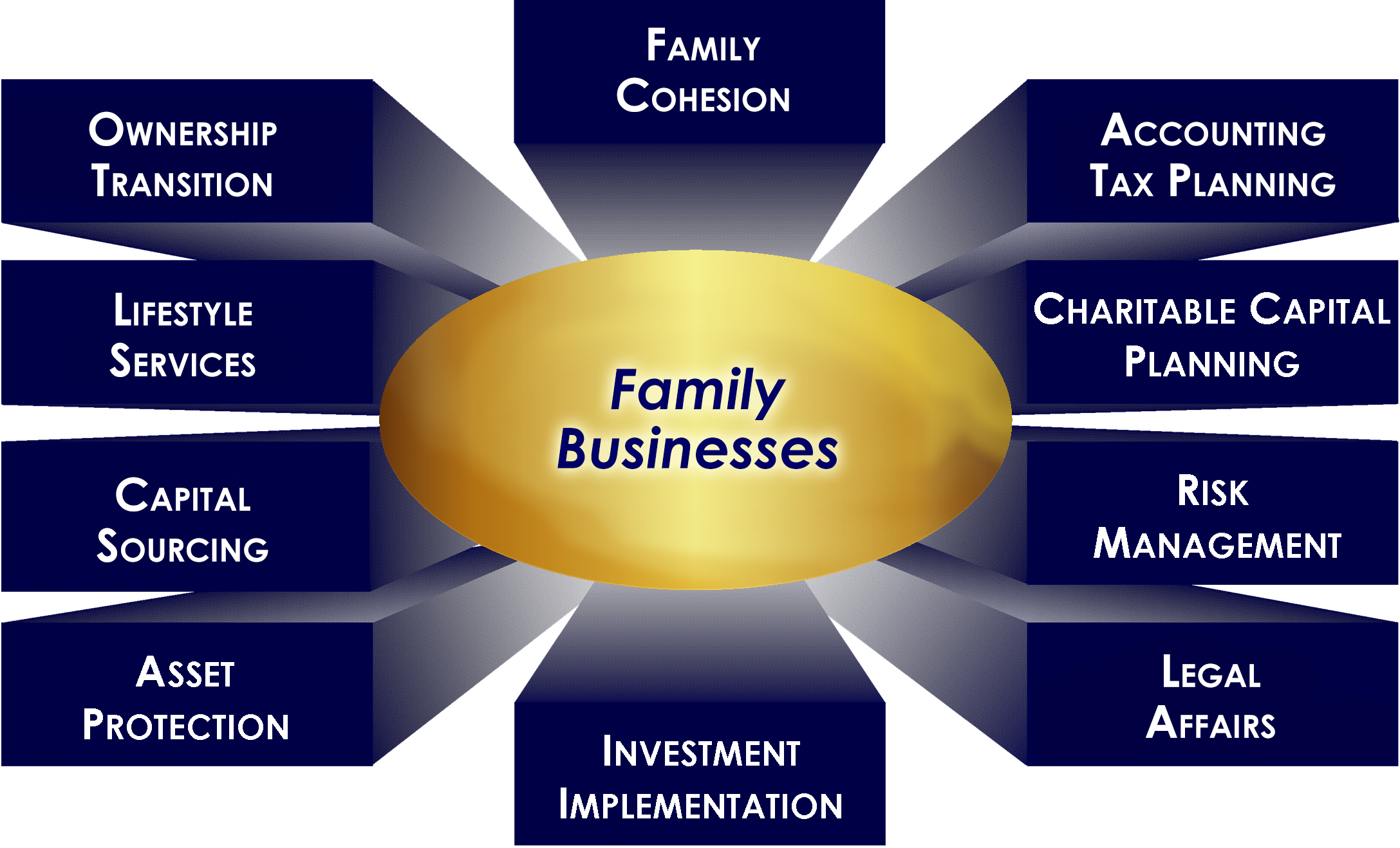Wealthy Switching Money To Private Equity
SEPTEMBER 7, 2016
Money from the wealthiest families is being shifted from public to private equity, according to a new report from UBS and Campden Wealth Research.
The shift is one of the changes seen in the Global Family Office Report 2016 released Wednesday. Money is also going into real estate as family offices search for growth in challenging markets, says Joseph Battaglia, executive director, Global Family Offices, Americas at UBS.
The survey includes 242 family offices, 75 percent of which are single-family offices.
UBS says private equity investments now represent close to a quarter of the average portfolio of family offices. Multiyear participants in the survey have recorded a 2.3 percentage point increase in holdings of private equity investments to 22.1 percent. Meanwhile, the average family office reduced its holdings in hedge funds from 9 percent to 8.1 percent last year amid concerns about performance and fees.
“Because of the low-rate environment, fixed income is seeing a lot of negative impact,” Battaglia says. “These families have long investment horizons and they are shifting their money to areas where they have core competencies.”
Technology, health care, manufacturing and distribution are private equity segments that are continuing to attract investing interests, he says.
After returning 8.5 percent in 2013 and 6.1 percent in 2014, the composite global portfolio of family offices returned a disappointing 0.3 percent in 2015, UBS says.
Philip Higson, vice chairman, Global Family Office Group, UBS AG, says, “In the search for yield, family offices are playing to their strengths by allocating longer term and accepting more illiquidity. This approach is successful when experienced in-house teams have sufficient bandwidth for conducting due diligence and managing existing private market investments.
“The poor headline performance in 2015 can be attributed to weakness in liquid market investments. The best returns in 2016 have come from the rebounding of sectors and assets that came under pressure from weak energy and credit markets last year,” he adds.
Single-family offices are also pairing with each other when they have similar interests and goals to invest together. In this way, their skill sets can complement each other, Battaglia says.
Another dramatic shift is growing awareness on the part of family offices that investing for impact can be more beneficial and more satisfying than making philanthropic gifts.
“A lot of this trend in America is being driven by millennials, who are deploying capital in effective ways. The challenge here is that this type of investing requires more staffing within the family office,” Battaglia says.
Another important issue for family offices is succession planning. Family offices can address this problem by creating investor policy statements and establishing clearly defined roles for the members.
The report found that 43 percent of family offices expect a generational transition within the next 10 years, and 69 percent in the next 15 years, making this a pressing issue for the community. Yet just 37 percent find that the younger generation wants to be more involved than they presently are in the family office.
Against this backdrop, participants were asked for their main governance priority over the next one to two years and ‘implementing a succession plan’ topped their list of responses.
Just two in five respondents have personally experienced a successful transition of a family office. These individuals pointed to a number of factors that were important: a willing and able next generation; an older generation prepared to give up control; and a flexible and trustworthy family office.
Higson says, “In our experience the risk of disruption from a generational transition should not be underestimated. It is the number one reason for beneficial owners to make changes to their family office structure and management team.”
